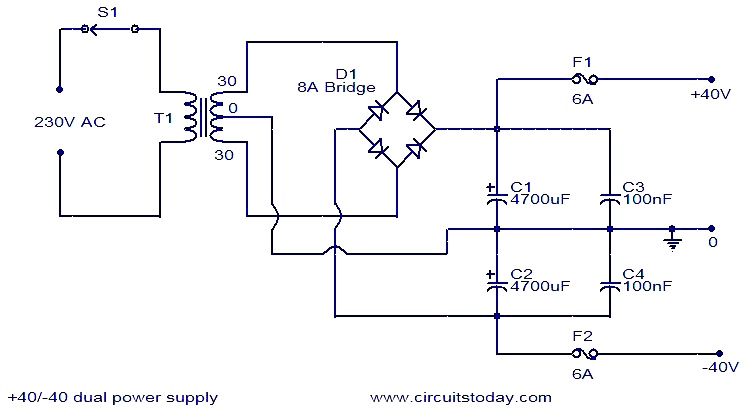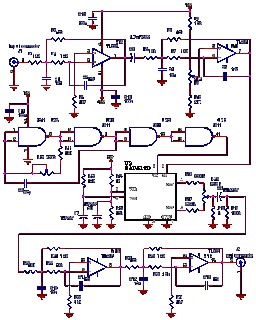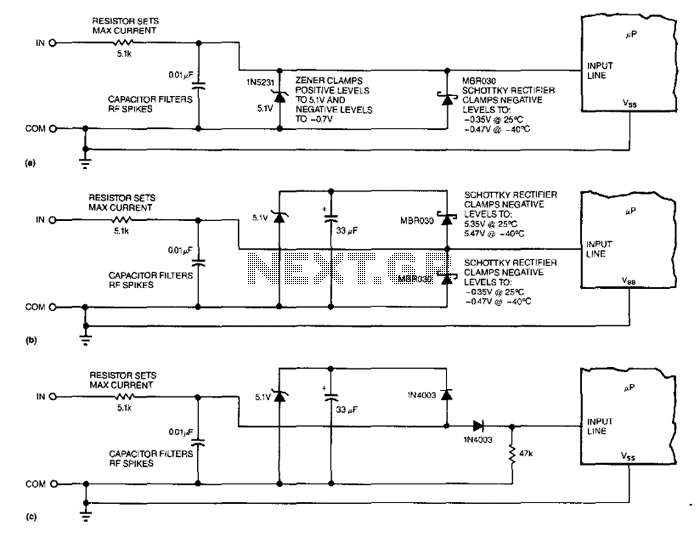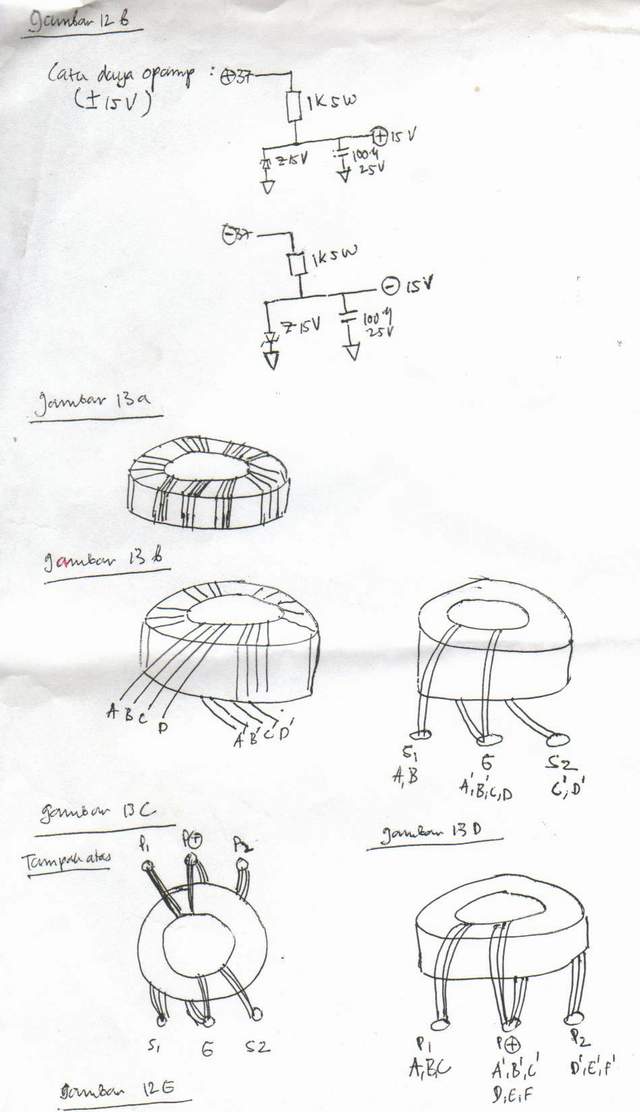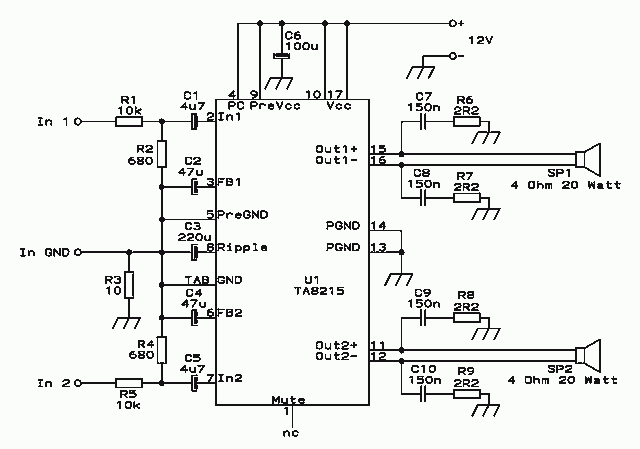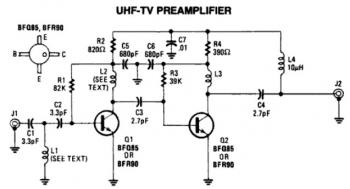
Dual Input-Combining Stereo Line Amplifier

This circuit takes two separate line-level stereo (L & R) signals and combines them into one stereo (L & R) output, thus avoiding the need to switch between them.
The circuit is designed to facilitate the merging of two independent line-level stereo signals into a single output while preserving the stereo characteristics. This process is essential in applications where multiple audio sources need to be managed without the complexity of manually switching between them.
The core of the circuit typically involves operational amplifiers configured as summing amplifiers. Each line-level input signal is fed into the non-inverting terminals of the op-amps, which are configured to sum the signals. The output from each op-amp represents the combined left (L) and right (R) channels.
To ensure optimal performance, resistors are used to set the gain of the op-amps and to match the impedance of the input signals. This prevents signal degradation and maintains audio quality. Additionally, capacitors may be included in the design to filter out any unwanted noise and to stabilize the frequency response of the circuit.
The circuit should also incorporate a power supply section to provide the necessary voltage levels for the op-amps. This is typically achieved using a dual power supply configuration, providing both positive and negative voltages to ensure that the op-amps can process the full range of audio signals.
In summary, this circuit effectively combines two line-level stereo inputs into a single output while maintaining audio fidelity, making it an invaluable component in audio mixing and signal routing applications.This circuit takes two separate line-level stereo (L & R) signals and combines them into one stereo (L & R) output, thus avoiding the need to switch betwe.. 🔗 External reference
The circuit is designed to facilitate the merging of two independent line-level stereo signals into a single output while preserving the stereo characteristics. This process is essential in applications where multiple audio sources need to be managed without the complexity of manually switching between them.
The core of the circuit typically involves operational amplifiers configured as summing amplifiers. Each line-level input signal is fed into the non-inverting terminals of the op-amps, which are configured to sum the signals. The output from each op-amp represents the combined left (L) and right (R) channels.
To ensure optimal performance, resistors are used to set the gain of the op-amps and to match the impedance of the input signals. This prevents signal degradation and maintains audio quality. Additionally, capacitors may be included in the design to filter out any unwanted noise and to stabilize the frequency response of the circuit.
The circuit should also incorporate a power supply section to provide the necessary voltage levels for the op-amps. This is typically achieved using a dual power supply configuration, providing both positive and negative voltages to ensure that the op-amps can process the full range of audio signals.
In summary, this circuit effectively combines two line-level stereo inputs into a single output while maintaining audio fidelity, making it an invaluable component in audio mixing and signal routing applications.This circuit takes two separate line-level stereo (L & R) signals and combines them into one stereo (L & R) output, thus avoiding the need to switch betwe.. 🔗 External reference
